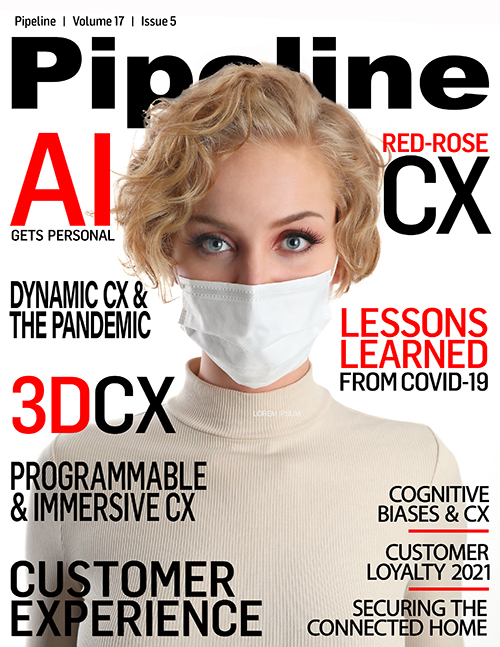CX, the Pandemic, and the Data Center
All of these types of customers require peering at the edge, a concept that demands laser focus on the customer experience.
One of the hottest data center trends with customer experience implications that has emerged over the past several years is the rise in colocation or the practice of housing privately owned servers or networking equipment in a data center. While there were fears that at some point colocation might become obsolete due to increased cloud migration, this has turned out not to be the case at all. Major rises in workload demands created by the pandemic have made it necessary for businesses to move operations closer to end users, which can get expensive very quickly. As businesses tapped out their facility’s capacity, they turned to colocation to keep close to the customer—and to stay competitive and operational while amassing mass amounts of data to process.
Colocation also decreases the amount of downtime due to potential issues by offering failover support in case of critical issues. As 2020 saw a massive increase to online traffic as everyone shifted their work, school and entertainment to an online platform, minimizing downtime became as critical as ever. This was yet another reason we saw so many businesses and enterprises turn to colocation.
In addition, for years, the data center industry has been buzzing with discussions of the cloud, and 2020 was no different. Just as with colocation, cloud migrations were also undertaken hand-in-hand to create hybrid environments for businesses to carry out their functions. Cloud migrations offer businesses practically limitless scalability opportunities, making it an attractive initiative. And, with the data and Internet usage trends sparked by the pandemic in 2020, the cloud was a viable, customer-friendly solution.
COVID-19 has changed the world in ways we still can’t even imagine. With the situation rapidly evolving and no definitive view of what the timeline will be, people are still trying to prepare for the next wave of change. There’s just as much uncertainty for brands, but many also have an opportunity to help their consumers as they navigate this global crisis.
Becoming proactive
Businesses within the data center industry—and, more generally, technology companies—need to become more proactive. They need to think about what their business will look like tomorrow, a month from now, or even a year from now. Marketers and business leaders may want to have those conversations to determine how they could prepare for tomorrow and the weeks to come, and how they could adapt to the different scenarios that might play out. The companies need to look beyond the near-term and think about how they can shift from reactive to proactive. What solutions do they need to construct? How can they adapt to prepare for the long-term?
The recent acceleration of digital trends in the data center industry really means that the only constant factor will be the need to continually change. This suggests bringing experiences and interactions online and rapidly creating new ways to reach out to customers.
At the same time, companies in and outside of technology must face the reality that their existing planning teams, cycles, and structures may not be built for adaptability or the scale of work they now face. It’s time to consider what changes they need to make. It's time to focus as much on customers’ needs as on the bottom line. It’s time to find ways to adapt marketing and media plans to add more customer support and, hence, value.
It’s time for data center and technology companies to renew focus on the customer experience to fashion a right-minded, collaborative and agile organizational model that will be long-lasting but able to adapt to change. These companies should utilize purpose and customer understanding as a stepping-stone to innovation and in the creation of new businesses and experiences that can plow through these uncertain times. In this uncertainty, companies should make sure that their teams are equipped with the right skills to create customer initiatives and collaboration that endure for the next “new normal” and beyond.



















